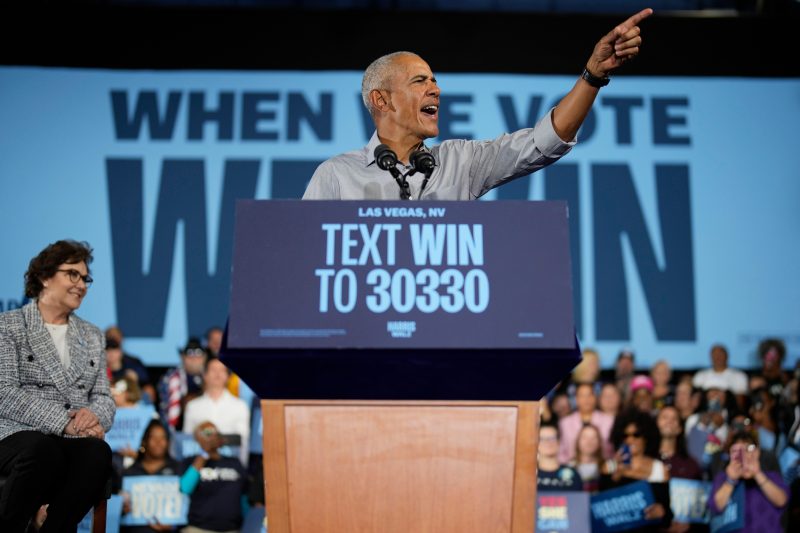In the realm of American politics, the dynamics between the ruling parties have always been a fascinating subject of analysis. The recent appearance of prominent Democratic figures, such as former President Barack Obama and Senator Elizabeth Warren, on the campaign trail to support Vice President Kamala Harris has sparked discussions regarding the unity and direction of the Democratic Party. However, while Democratic icons band together to showcase their support for the current administration, there is a notable absence of similar appearances from elders within the GOP.
The divide within the Republican Party, particularly between the Trump loyalists and the traditional conservative establishment, has been increasingly apparent since the 2020 election. The schism deepened further with the events surrounding the Capitol riot, which led to the impeachment of former President Donald Trump. As a result, GOP elders have been hesitant to align themselves publicly with Trump, opting instead to maintain a distance and watch from the sidelines.
The absence of GOP elders alongside their Democratic counterparts on the campaign trail signifies not only a divergence in political strategy but also reflects the internal struggles within the Republican Party. While Democrats present a united front showcasing support for Harris and the Biden administration, the GOP is grappling with internal conflicts and the complexities of post-Trump politics.
Another key aspect to consider is the messaging conveyed by the respective parties through these appearances. Democratic icons rallying behind Harris send a strong message of unity and support for the current administration. This display of solidarity can serve to energize the Democratic base and attract undecided voters.
On the contrary, the absence of GOP elders alongside Trump raises questions about the future direction of the Republican Party. Their reluctance to openly support Trump may be seen as an attempt to distance themselves from the controversies and divisive rhetoric associated with his leadership. However, this lack of alignment with the party’s base could also serve to alienate Trump supporters and further fracture the GOP.
The contrasting approaches of the Democratic and Republican parties in utilizing their prominent figures for campaigning reflect the broader challenges facing both parties in the post-2020 political landscape. While Democrats seek to leverage their unity and support for the current administration, Republicans navigate the complexities of balancing loyalty to Trump with the need to appeal to a wider voter base.
In conclusion, the visibly distinct strategies employed by Democratic icons and GOP elders in their public appearances highlight the ongoing ideological and strategic shifts within both parties. As the political landscape continues to evolve, these differences may shape the future trajectory of American politics, influencing voter perceptions and party dynamics in the years to come.


























